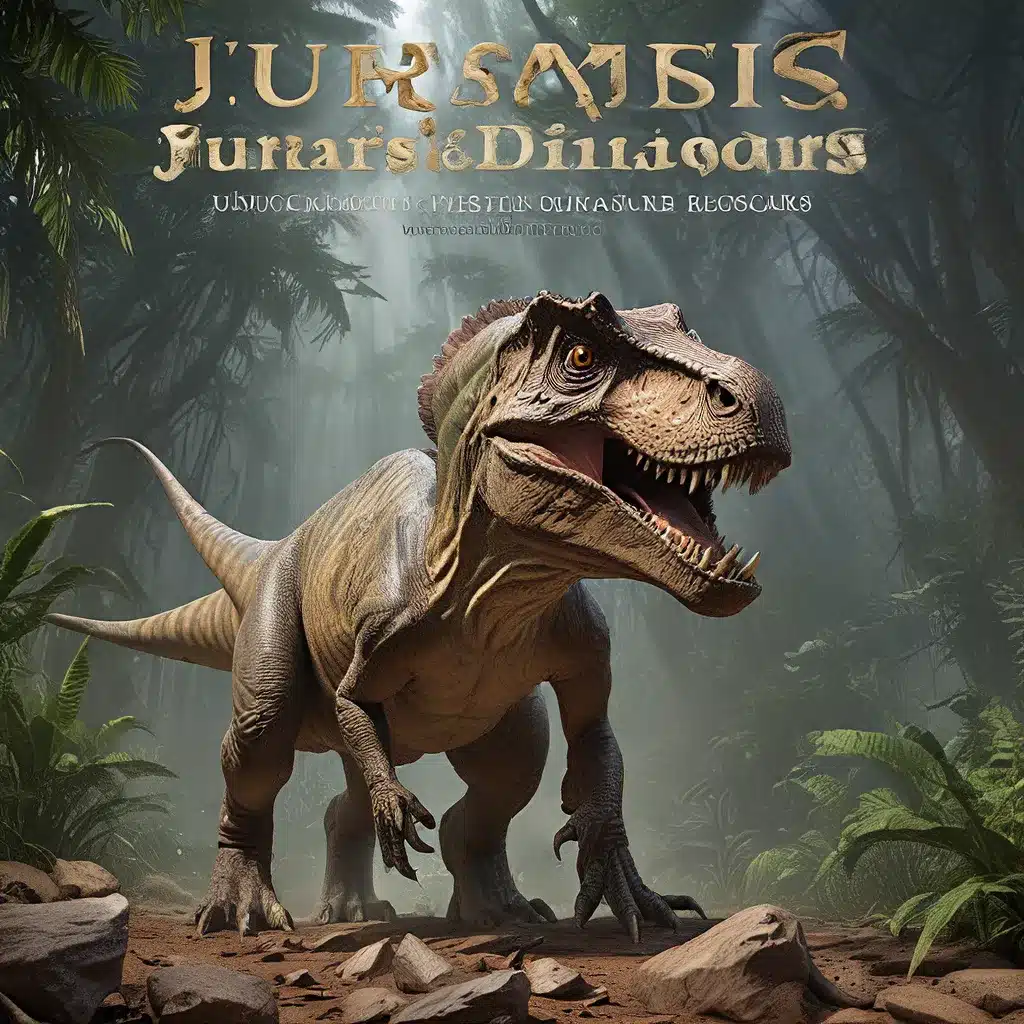
The Dinosaur Renaissance: A New Era of Discovery
The study of dinosaurs has experienced a remarkable renaissance in recent decades, as new discoveries and innovative research techniques have transformed our understanding of these ancient reptiles. Once dismissed as sluggish and cold-blooded creatures, dinosaurs have emerged as dynamic, highly-adapted organisms that dominated the Mesozoic Era for millions of years.
The dinosaur renaissance began in the 1960s and 1970s, sparked by the groundbreaking work of paleontologists like John Ostrom and Robert T. Bakker. These scientists challenged the prevailing view of dinosaurs, arguing that they were active, warm-blooded animals capable of complex behaviors. This shift in perspective led to a surge of new discoveries and a deeper appreciation for the diversity and adaptability of dinosaurs.
Advances in paleontology have uncovered a wealth of new dinosaur species, many of which challenge our preconceptions about these ancient creatures. From the massive, long-necked sauropods to the fearsome theropod predators, the fossil record has revealed an astonishing array of forms, each with their own unique adaptations and evolutionary histories.
Unlocking the Secrets of Dinosaur Life and Behavior
One of the most exciting developments in dinosaur research has been the exploration of dinosaur behavior and physiology. Through the study of fossil evidence, paleontologists have gained remarkable insights into the lives of these ancient animals.
Dinosaur Physiology and Metabolism
The debate over dinosaur metabolism has been a hotly contested issue, with some researchers arguing for endothermy (warm-blooded) and others suggesting ectothermy (cold-blooded). The discovery of fibrolamellar bone in many dinosaur species, a feature associated with rapid growth, has lent support to the idea of elevated metabolic rates. Additionally, the presence of feathers and air sacs in many dinosaur lineages, adaptations found in modern birds, suggests a more avian-like respiratory system and potential for increased activity levels.
Paleobiological studies have also revealed insights into dinosaur thermoregulation, with the gigantothermy hypothesis suggesting that the largest sauropods may have been able to maintain relatively stable body temperatures due to their sheer size. These findings challenge the traditional view of dinosaurs as lethargic and inefficient, instead portraying them as dynamic, highly-adapted organisms.
Dinosaur Behavior and Social Interactions
Fossil evidence has also shed light on the social behaviors of dinosaurs. Trackways and nesting sites suggest that many dinosaurs, including herbivores and carnivores, lived in social groups and exhibited parental care of their young. The discovery of specimens engaged in predatory interactions and cannibalism further highlights the complexity of dinosaur behavior.
Paleontologists have also used the shape and structure of dinosaur crests, horns, and frills to infer the presence of visual communication and display behaviors, similar to those observed in modern birds and reptiles. The growing understanding of dinosaur cognition, based on brain size and sensory adaptations, suggests that these animals were more intelligent and behaviorally sophisticated than previously thought.
Feathered Dinosaurs and the Origin of Birds
One of the most significant developments in dinosaur research has been the discovery of feathered dinosaurs, providing a crucial link between non-avian dinosaurs and the evolution of birds. The fossils of Archaeopteryx and other small, feathered theropods have revealed a remarkable transitional morphology, blending dinosaurian and avian characteristics.
These findings have lent strong support to the theropod origin of birds, challenging the previously held view that birds evolved from a separate, non-dinosaurian lineage. The discovery of feathered dinosaurs has also sparked debate over the nature and evolutionary significance of these structures, with some researchers questioning the homology (shared ancestry) of feathers across different dinosaur groups.
The Extinction of the Dinosaurs
The dramatic end of the dinosaur era, marked by the Cretaceous-Paleogene (K-Pg) extinction event approximately 66 million years ago, has been the subject of intense scientific investigation. The leading hypothesis attributes this mass extinction to a bolide impact in the Yucatán Peninsula, which triggered widespread environmental changes and the collapse of food webs.
However, the role of volcanic activity, specifically the Deccan Traps eruptions in India, has also been explored as a potential contributing factor. The debate over the relative importance of these two mechanisms, and their potential interactions, continues to shape our understanding of the extinction event that marked the end of the dinosaur reign.
The Enduring Legacy of Dinosaurs
Dinosaurs have captured the public imagination for centuries, from their early scientific descriptions in the 19th century to their ubiquity in modern popular culture. The Crystal Palace dinosaurs of Victorian England and the fierce rivalry between Cope and Marsh during the “Bone Wars” have become iconic moments in the history of paleontology.
The enduring fascination with dinosaurs has also fueled significant public funding for dinosaur research, leading to a steady stream of new discoveries and advancements in our understanding of these ancient reptiles. From the Jurassic Park franchise to the countless museum exhibits and documentaries, dinosaurs have become an integral part of our cultural landscape, inspiring wonder, curiosity, and a deeper appreciation for the natural world.
As the dinosaur renaissance continues to unfold, paleontologists and researchers around the world are poised to uncover even more remarkable insights about the lives, evolution, and ultimate fate of these awe-inspiring creatures that once dominated the Earth.


